Introduction
We are made of star-stuff. We are a way for the universe to know itself. – Carl Sagan This thought-provoking quote from the great Carl Sagan serves as a reminder of our interconnectedness with the cosmos and, perhaps, with the vast oceans that cover our planet. Just like the stars in the sky, the marine realm is an unexplored frontier that invites human curiosity and imagination. How profound would it be to not only explore the depths of the sea but to thrive beneath the waves? Is it possible that we might one day adapt our very biology to become underwater beings, just as we’ve conquered the skies and outer space?
It’s a wild idea, right? Thanks to scientific innovations like CRISPR, we may not just be land-dwelling creatures forever. Genetic tweaks could potentially allow us to take a dive into a whole new way of living. Sure, it sounds like something out of a sci-fi movie—cue the dramatic music—but the fact that researchers like Jennifer Doudna (one of the pioneers of CRISPR), marine biologist Sylvia Earle, and evolutionary biologist Richard Dawkins are exploring genetic modifications makes it all feel a bit more real. Are we on the brink of becoming the real Aquamen and Mermaids of the world? Let’s explore this underwater evolution and see what’s bubbling beneath the surface.
1. Genetic Modification: The Technology Behind CRISPR
The field of genetic engineering has flourished with the advent of CRISPR technology. Without getting lost in the lab coat jargon, let’s simply say CRISPR is like the precision tool in your toolbox that lets scientists change specific parts of DNA, much like editing a document. This is groundbreaking because it can potentially allow humans to modify our biology to breathe underwater.
1.1 The Science of CRISPR
At its core, CRISPR stands for "Clustered Regularly Interspaced Short Palindromic Repeats"—yes, that’s a mouthful! But don’t let the fancy name scare you. It’s a mechanism that nature itself uses for defense against viruses. Researchers have cleverly taken this biological tool and adapted it for editing genes. By designing a small RNA molecule that matches the specific DNA sequence they want to change, scientists can introduce lasting modifications to an organism's traits. Want to turn humans into fish? Well, we might start by focusing on modifications to our respiratory systems, possibly reworking our lungs to function underwater.
1.2 Historical Context and Future Prospects
CRISPR is relatively new, but it has quickly transformed the landscape of genetics. Discovery began in 1987 when Japanese researchers stumbled upon these strange sequences in bacteria. Fast forward to 2012, and the world of genetic editing took a sharp turn thanks to researchers like Jennifer Doudna and Emmanuelle Charpentier, who showcased its potential. Moving forward, the possibilities seem endless. With every breakthrough, we inch closer to understanding how to enable humans to breathe underwater—not quite gills and fins yet, but who knows what the future holds?
2. The Human Physiology: Adapting to Life Underwater
Have you ever watched a dolphin swim and thought, "Wow, I wish I could do that"? Well, the idea of adapting our bodies to breathe underwater is like turning that wish into a reality. This section will explore how we might change our bodies so we can dive deep into the ocean and live like the pros.
2.1 Expected Physiological Changes
To breathe underwater, humans would need some serious adjustments in their biology. First off, we’d need to rethink our lungs. Instead of having air sacs, imagine lungs that work more like gills. This way, we could extract oxygen from water. You might say, "But how does that even keep us from drowning?" Great question! It turns out, our bodies might benefit from a molecule called hemocyanin. This copper-based protein helps certain animals, like squid and some types of crabs, transport oxygen effectively, just like our iron-rich hemoglobin does! Wouldn’t that suit your next beach party, if you were like, “Hey, check this out; I got gills!”
2.2 Real-world Analogues: Nature’s Adaptations
To get a clue on how we might pull off this underwater miracle, let's take a peek at some of our ocean pals. Take the octopus, for example. These coming artists of the sea have flexible bodies and sophisticated nerves that allow them to swim through tight spaces like they’re late for dinner. Or think about the fish—each of them is a product of millions of years of evolution, and they can breathe underwater with ease. If only we could ask them for some style tips, right?
3. Ethical Considerations: Playing God or Evolving Humanity?
Now, let’s shift our perspective to the moral side of things. You might be thinking, "Is this even a good idea?" The entire concept of changing what it means to be human opens up a hefty can of ethical worms. In this section, we’ll dig into why making genetic tweaks for our underwater dreams raises some eyebrows. Spoiler alert: it's not just about looking cool in neoprene!
3.1 The Ethics of Genetic Engineering
Genetic engineering isn’t just about tinkering around with our DNA; it brings hefty ethical dilemmas. When it comes to altering our biology, can we trust ourselves? Imagine if everyone started swimming like fish, and then someone forgot to check their DNA settings and turned into a literal merman. Yikes! This is a debate that has ethical think tanks like OHRP (Office for Human Research Protections) scratching their heads. What right do we have to play God? Are we improving humanity or creating more complications? The long-term effects of these changes, especially on future generations, are questions we can’t take lightly.
3.2 Public Perception and Regulatory Insights
People have mixed feelings about genetic modification. Some might see it as the next step in human evolution, while others might say, "No way, José; keep your broad strokes away from my DNA." Surveys from institutions like Pew Research Center show that opinions run deeper than a trench in the ocean. Regulations are put in place to keep everyone safe, but the real challenge lies in striking a balance between science and society's comfort level. As exploration into genetic possibilities progresses, we better have a reliable set of rules ready. People might want to dive into the ocean, but they also want to know what's in the waters they’re swimming in!
4. Practical Applications: From Research to Reality
The scientists and dreamers exploring genetic modifications for underwater adaptations have their work cut out for them. This section dives into the real-world implications of these advancements and how they might change marine exploration and even military operations. The ultimate goal? To not just survive underwater but to thrive in an aquatic environment.
4.1 Research and Development in Marine Biology
Marine biologists are at the forefront of this research, as they study the ocean’s mysterious depths, seeking to uncover the secrets of life beneath the waves. Here’s how they’re approaching the challenge of underwater adaptation:
- Genetic Analysis: Institutions like Woods Hole Oceanographic Institution are crucial for studying marine organisms. By understanding how fish and cephalopods breathe and survive, researchers can glean insights into potential genetic modifications for humans.
- Interdisciplinary Collaboration: Partnerships between geneticists, marine biologists, and environmental scientists are necessary. Each discipline provides unique insights that contribute to a holistic understanding of underwater challenges.
- Pharmaceutical Developments: Some marine organisms possess unique proteins that can aid in healing or enhancing human functions, leading to potential advancements in medicine as well.
4.2 Military and Exploration: New Frontiers
The potential for genetically modified humans isn’t limited just to leisurely dives or incredible underwater sports. The military and exploration sectors are eyeing these possibilities with bated breath:
- Enhanced Underwater Operations: The ability to perform deep-sea missions without oxygen tanks could revolutionize military operations. Special Forces might conduct underwater reconnaissance with ease.
- Exploring the Unknown: Companies like Ocean Infinite are pushing boundaries for deep-sea exploration. Genetically modified humans capable of descending into extreme depths could enhance our understanding of underwater ecosystems.
- Research Logistics: With the ability to breathe and sustain longer periods underwater, logistics related to marine research would become simpler and more effective, making way for critical discoveries in marine biodiversity.
5. Future of Humanity: Underwater Colonies and Beyond
Imagine a world where humans aren’t just visiting the ocean but permanently residing beneath its surface. This idea opens up vast possibilities for how we interact with Earth’s last frontier. It's not just about adaptation anymore, it's about thriving in a whole new environment.
5.1 The Infrastructure of Underwater Living
Building underwater colonies would require innovative architecture and advanced technologies designed to cater to human needs below the surface:
- Sustainable Energy Sources: Harnessing tidal and wave energy could provide power for underwater cities.
- Food Production: Controlled environments for growing crops and raising fish will be essential. Aquaponics, a system that combines fish farming with crop growing, could offer solutions.
- Waste Management Systems: Technologies to recycle and manage waste are vital. Biofiltration systems might be utilized to clean and reuse water, which is especially critical underwater.
5.2 Cultural Shifts and New Ecosystems
Living under the ocean would demand profound cultural adaptations and shifts in human society. Think about how society and our interactions with Earth’s ecosystems might transform over time:
- Change in Lifestyle: People may begin to view life below the surface as just as normal as living on land, incorporating aquatic elements into their daily lives.
- New Environmental Ethics: With a closer relationship to marine ecosystems, humans might adopt more sustainable practices to protect ocean life, leading to greater environmental responsibility.
- Cultural Exchange: Humans and underwater dwellers—be they fish, coral, or algae—may develop new symbiotic relationships that reshape our cultural narratives.
6. AI Solutions: How would AI tackle this issue?
Artificial Intelligence could play a crucial role in tackling the challenges of human adaptation to underwater environments by analyzing genetic data, simulating modifications, and optimizing gene editing pathways. The integration of AI into genetics isn't just a possible direction; it's a necessary evolution of research that could propel humankind into a new era of aquatic existence. Let's dive deeper into two main aspects of AI's involvement.
6.1 Data Analysis and Genetic Algorithms
To kick things off, the vast complexity of genetic data demands advanced AI algorithms capable of processing and interpreting millions of genetic sequences. AI can utilize machine learning techniques to sift through extensive genomic data. These algorithms could identify candidate genes associated with aquatic traits, such as oxygen consumption efficiency or the ability to withstand high pressure. Imagine a supercomputer making sense of these complex networks faster and more accurately than a traditional research team.
6.2 Simulation of Genetic Modifications
Once genetic targets are identified, AI can simulate the effects of various modifications on human physiology. Using computational models that mimic human biology, researchers could predict which specific genetic alterations would yield desirable outcomes, such as enhanced gill-like structures or improvements in underwater endurance. The American Association for Artificial Intelligence has documented similar breakthroughs in biomedical research, affirming the efficacy of AI in synthetic biology.
6.3 Tentative Actions Schedule/Roadmap
Day 1:
Form a multidisciplinary team consisting of geneticists, marine biologists, AI experts, and ethicists. Organize a kick-off meeting to outline the project's goals and establish key performance indicators.
Day 2:
Initiate an international consortium of institutions with expertise in CRISPR and AI, including collaborations with J. Craig Venter Institute, renowned for their work in genome synthesis and AI applications in biology.
Day 3:
Begin compiling a comprehensive literature review on existing human adaptations to aquatic environments, alongside studies on gene editing.
Week 1:
Develop AI models to analyze genomic data from various organisms, focusing on aquatic species renowned for their breathing mechanisms, using Ensembl Genome Browser for datasets.
Week 2:
Launch public outreach efforts to gather societal input regarding ethical considerations surrounding genetic modifications—consider hosting town hall meetings and webinars.
Week 3:
Draft a funding proposal to secure support from governmental grants and private investors dedicated to innovative sciences, enlisting aid from entities like the National Science Foundation.
Month 1:
Establish partnerships with marine conservation organizations, like Ocean Conservancy, to gain insights into ecological impacts and marine ecosystems.
Month 2:
Begin pilot studies in non-human models, utilizing zebrafish and other aquatic creatures to test initial gene alteration impacts and monitor phenotypic adaptations.
Month 3:
Convene focus groups with subject matter experts to analyze pilot study findings and ethical ramifications, instilling transparency and accountability in the research process.
Year 1:
Launch an expansive research initiative focusing on CRISPR's safety and efficacy in targeted gene editing. Collaborate closely with regulatory agencies like the U.S. Food and Drug Administration to ensure compliance and safety protocols are in place.
Year 1.5:
Submit proposals for Phase 1 human trials showcasing the ethical frameworks guiding the research, while ensuring public engagement and support social license.
Year 2:
Analyze data from initial human trials and invite feedback from the public to fine-tune genetic editing goals. Reassess regulatory frameworks to draft comprehensive compliance documentation for potential commercial applications.
Conclusion: Redefining Humanity's Future in a Watery World
The journey to underwater adaptation through genetic enhancements paves the way for intricate discussions about identity, evolution, and the essence of being human. The fusion of biology and technology, paired with ethical responsibility, can unlock unimaginable futures. It may redefine humanity’s relationship with the ocean and the life it supports, leading to a new epoch in human evolution. While these advancements could offer exciting prospects, they must be approached with care and caution. So I ask you: what kind of future do we want, one filled with aquatic adventures or limitations? Let’s engage in this exploration together. How do you feel about the potential for humans to live submerged? Will our yearning for the ocean fulfill our dreams or plunge into fear? Your thoughts matter! Share your ideas in the comments below.
FAQ
What is CRISPR?
CRISPR is a powerful gene-editing technology that allows scientists to change DNA in living things. Think of it as a pair of scissors that can cut and paste genes, making it easier to alter the genetic code of various organisms. You can learn more about CRISPR on its [Wikipedia page](https://en.wikipedia.org/wiki/CRISPR_gene_editing) which provides in-depth details.
Can humans adapt to breathe underwater through genetic modification?
While it's an exciting idea, we currently have no scientifically proven methods to allow humans to breathe underwater through genetic modifications. It would require extensive changes to our lungs and circulatory system. The concept is largely theoretical and would need to follow strict ethical guidelines before any experiments on humans. If you want to see some discussion on human adaptability, check out this [article by The Atlantic](https://www.theatlantic.com/science/archive/2019/08/what-if-we-evolved-breathe-water/595880/).
What are the potential risks of genetic modification?
Genetic modification is not without its risks. Some potential issues include:
- Unintended Changes: Altering genes can sometimes lead to unexpected consequences in how those genes behave.
- Health Concerns: There may be unknown health risks associated with modified genes.
- Ethical Issues: Many people worry about the impact of "playing God" or making irreversible changes to human nature.
For more insights, the [National Human Genome Research Institute](https://www.genome.gov/) offers resources regarding genetics and ethical concerns.
How would society react to humans being modified to live underwater?
Public opinion on genetically modified humans would likely be mixed. Some might be fascinated and eager to see what these new abilities would look like. Others would raise concerns about ethics and the potential consequences of changing the fundamental aspects of humanity. Social acceptance would depend heavily on education and transparency surrounding the technology. You can find some useful studies on public perception in genetics from the [Pew Research Center](https://www.pewresearch.org/), a highly respected source on such topics.
What kind of scientists are working on underwater adaptations?
Various scientists and researchers are involved in this groundbreaking field, including geneticists, marine biologists, and bioethicists. Some leading institutions like The Joint Genome Institute and MarineBio are actively exploring genetic adaptations in marine life, which could provide insights for human applications.
Are there any existing examples of genetic modification in animals?
Yes! We have seen successful examples of genetic modification in animals. For instance:
- AquAdvantage Salmon: This genetically modified fish grows faster than its non-modified counterparts, making it a potential game changer for the fish industry. You can read more about it on the [FDA's website](https://www.fda.gov/) specific to this regulation.
- GloFish: Originally created for research, these fluorescent fish became popular pets due to their vibrant colors, showcasing a fun use of genetic engineering.
These examples demonstrate that genetic modifications can be ethically managed within controlled environments.
What future research is needed to explore this topic further?
Future research would need to focus on three main areas:
- Studying Physiological Changes: Understanding how human bodies would need to change to survive underwater.
- Ethical Guidelines: Establishing strict regulations and discussions about what is acceptable in genetic enhancements.
- Public Engagement: Encouraging discussions with communities about the benefits and risks of such adaptations.
Engaging with research from institutions like The National Institutes of Health (NIH) could be crucial for future findings and overall understanding.
Wait! There's more...check out our gripping short story that continues the journey: The Keeper of Forgotten Souls
Disclaimer: This article may contain affiliate links. If you click on these links and make a purchase, we may receive a commission at no additional cost to you. Our recommendations and reviews are always independent and objective, aiming to provide you with the best information and resources.
Get Exclusive Stories, Photos, Art & Offers - Subscribe Today!
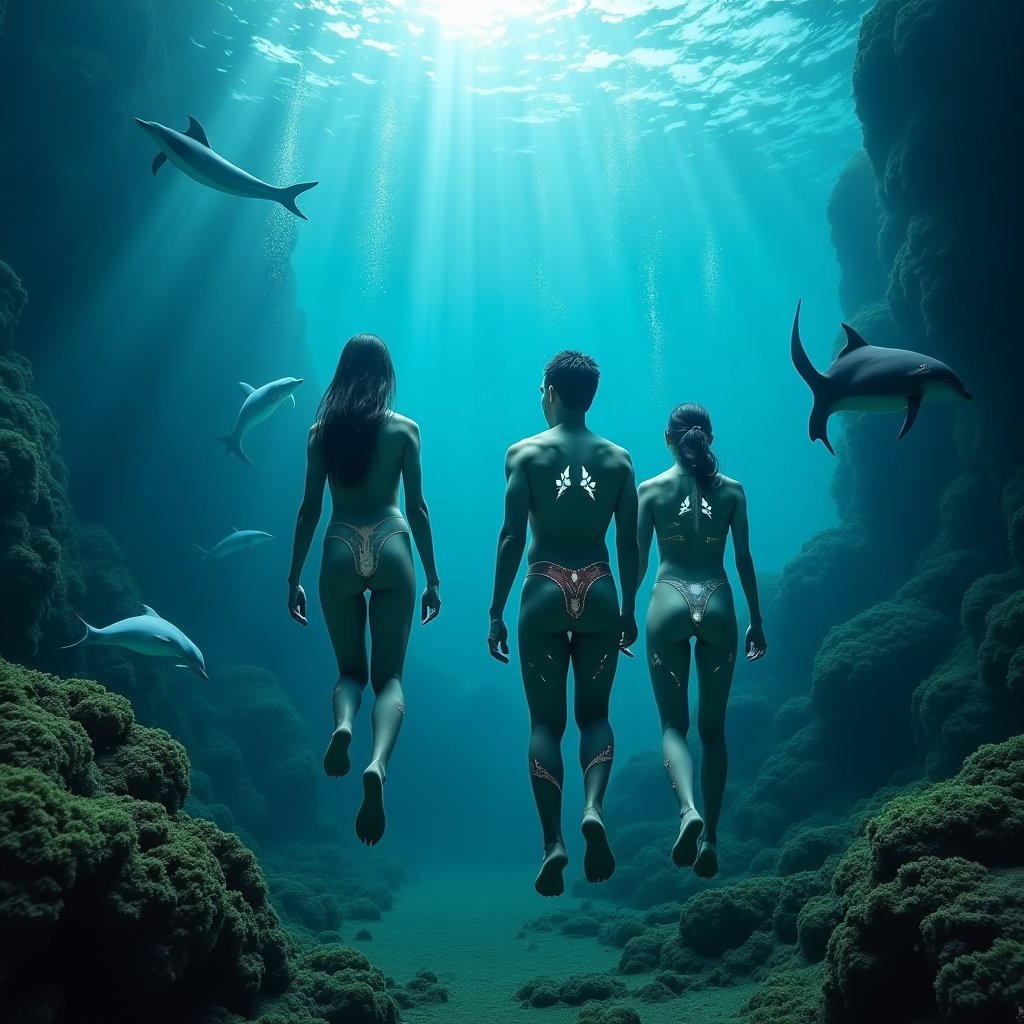
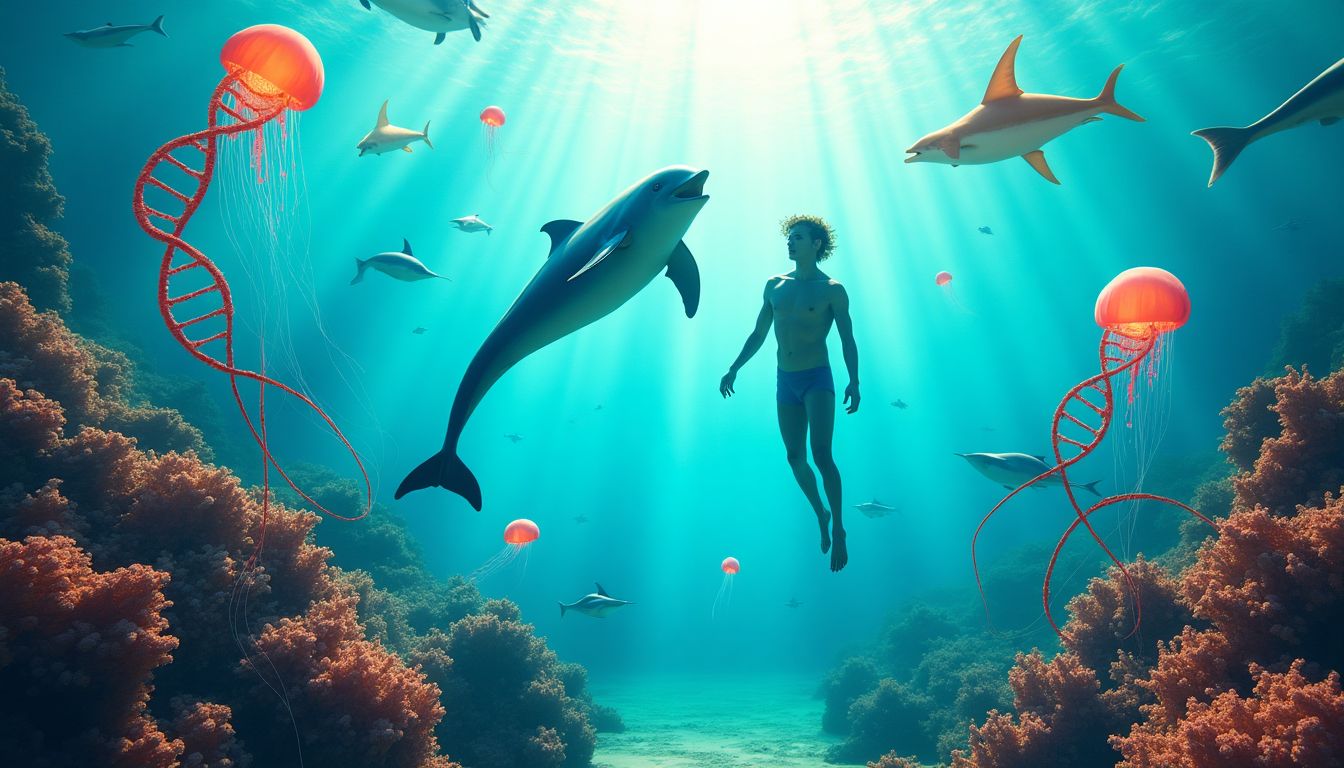
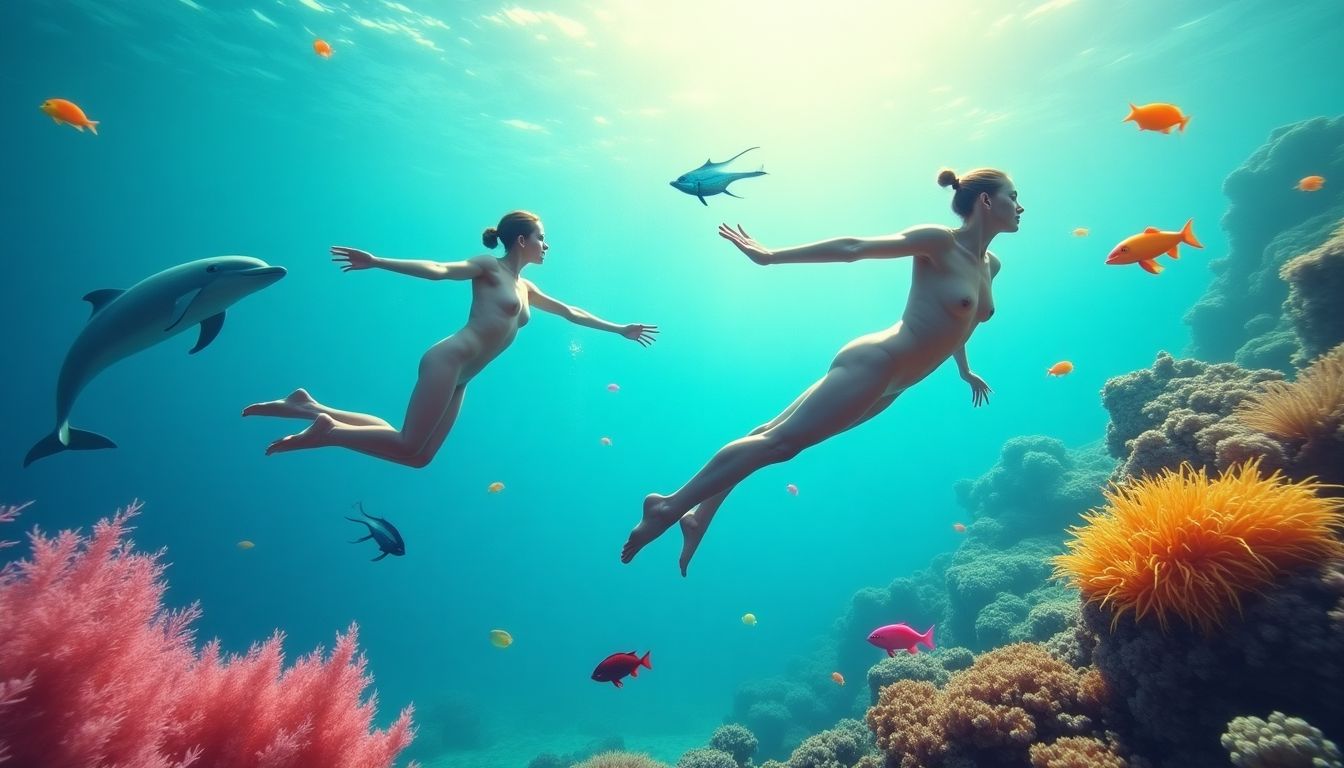
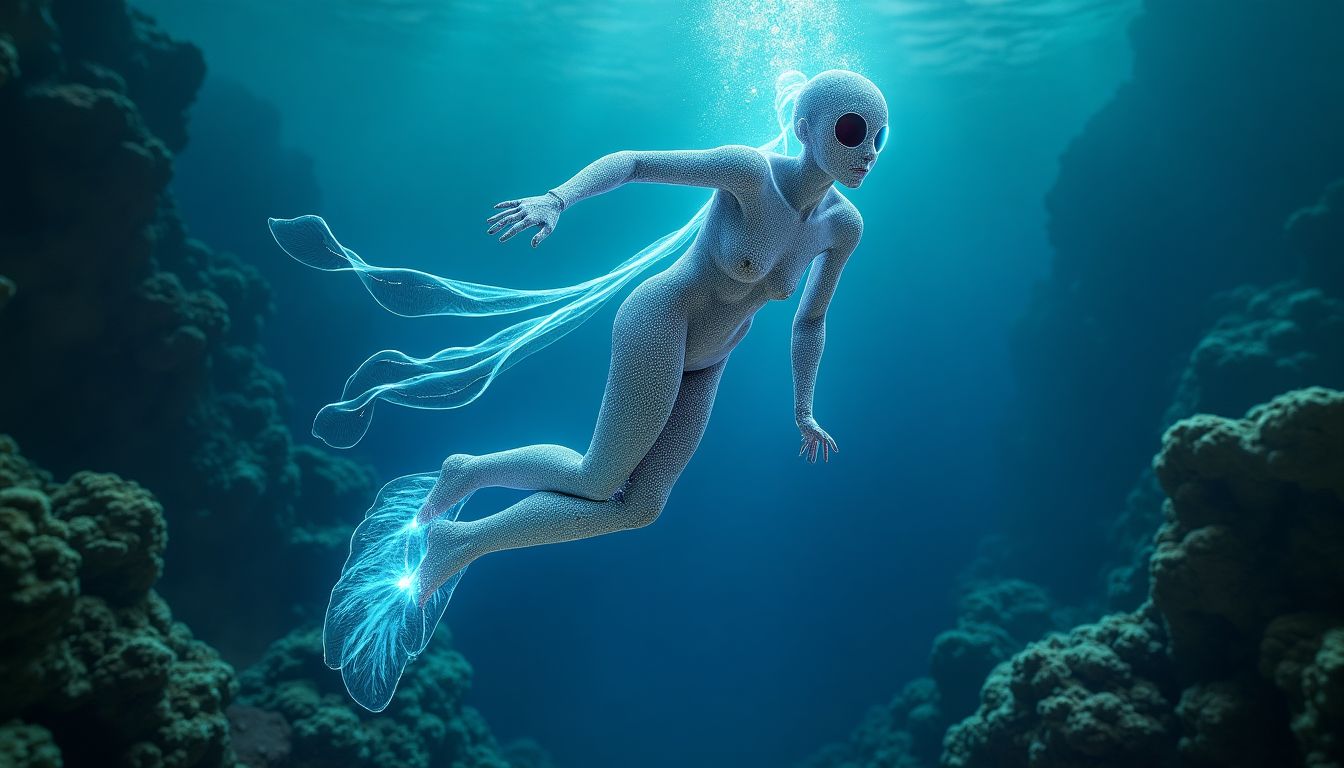
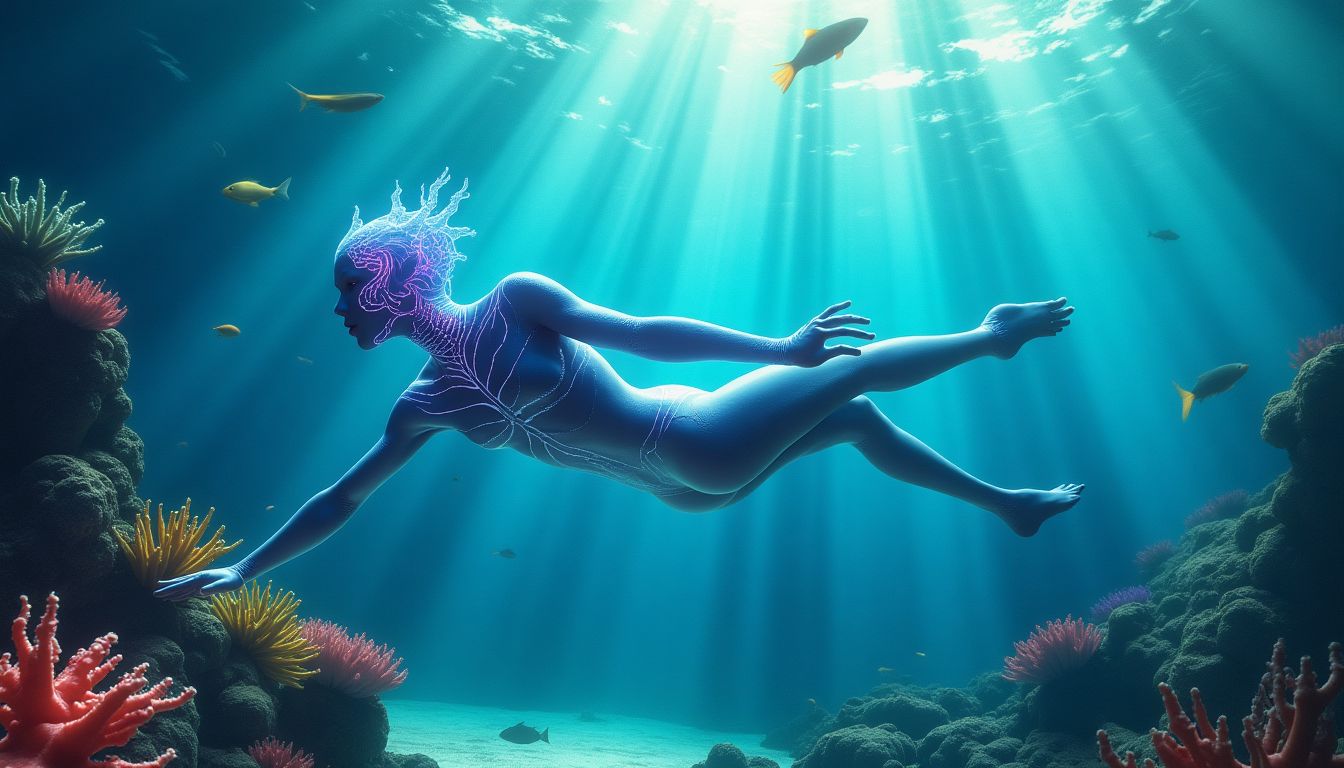
























Post Comment
You must be logged in to post a comment.